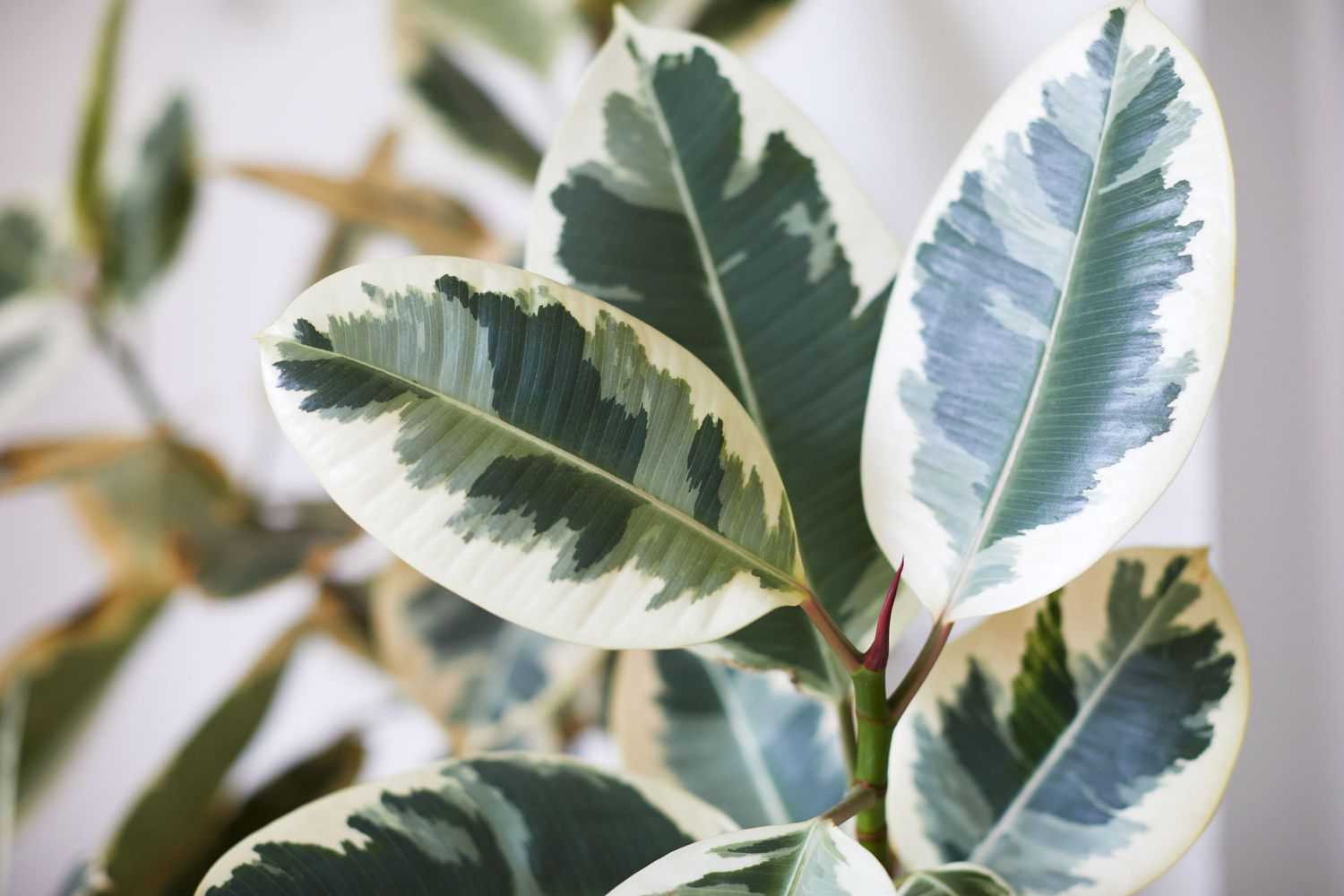
The rubber tree, scientifically known as Hevea brasiliensis, is a captivating plant that has been highly prized for centuries for its remarkable qualities. With origins in the Amazon rainforest, this unique tree has made its way to various parts of the world and is now commercially cultivated for its latex sap, which is used in the production of rubber. Apart from its economic importance, the rubber tree also holds a myriad of fascinating facts that make it an intriguing subject to explore. From its historical significance and cultural associations to its incredible growth rate, the rubber tree has captured the curiosity of botanists and plant enthusiasts alike. In this article, we will delve into 14 captivating facts about the rubber tree, shedding light on its remarkable qualities and shedding light on the role it plays in our lives.
Key Takeaways:
- Rubber trees, part of the fig family, produce latex used in various products. They can grow up to 100 feet tall and play a crucial role in carbon sequestration, helping combat climate change.
- Rubber trees are vital for income in many communities and have a symbiotic relationship with fungi. Despite challenges from synthetic rubber, their demand remains strong in various industries.
Rubber trees belong to the fig family.
The rubber tree, scientifically known as Hevea brasiliensis, is a species of evergreen tree in the fig family, Moraceae. It is native to the Amazon rainforest and other parts of South America.
Rubber trees produce latex.
The latex, a milky fluid, is extracted from the rubber tree’s bark. It contains rubber particles, which can be processed and transformed into various rubber products.
Rubber trees can grow up to 100 feet tall.
These impressive trees can reach heights of up to 100 feet, creating a majestic canopy in the tropical rainforests where they thrive.
The rubber tree has a lifespan of about 30 years.
While some rubber trees can live longer, the average lifespan of a cultivated rubber tree is around 30 years. After that, their latex production declines, making them less economically viable for rubber production.
Rubber trees can absorb carbon dioxide.
Rubber trees play a vital role in carbon sequestration, helping to reduce greenhouse gas concentrations in the atmosphere. Their ability to absorb carbon dioxide makes them important contributors to mitigating climate change.
The rubber tree’s leaves are large and glossy.
The leaves of the rubber tree are broad and shiny, with a dark green color. Their size and glossiness add to the tree’s aesthetic appeal.
Rubber trees are tapped for latex production.
To harvest latex, shallow cuts are made in the bark of the rubber tree, allowing the latex to flow into collection cups. This process of tapping does not harm the tree, and it can be repeated over time.
Rubber trees need a warm and humid climate.
These trees thrive in tropical regions with high humidity and temperatures between 60-100°F (15-38°C). Ideal growing conditions provide the necessary environment for latex production.
Southeast Asia is the leading region for rubber production.
Countries like Thailand, Indonesia, and Malaysia are the primary producers of natural rubber. Their favorable climate and available land make them ideal for growing rubber trees on a large scale.
The rubber tree’s sap can be used to make other products.
Aside from producing rubber, the sap of the rubber tree can be used to make other products like medical adhesives, chewing gum, and even some types of paint.
The rubber tree is an important source of income for many communities.
In regions where rubber cultivation is prevalent, such as parts of Southeast Asia and South America, rubber production serves as a vital source of income for numerous communities.
Rubber trees have a symbiotic relationship with fungi.
The roots of rubber trees form a mutually beneficial relationship with specialized fungi. The fungi aid the tree in absorbing nutrients from the soil, while the tree provides the fungi with carbohydrates.
Rubber trees can be propagated through cuttings.
New rubber trees can be grown by taking cuttings from the original tree. This method of propagation is commonly used in rubber tree plantations to ensure a constant supply of rubber-producing trees.
The rubber tree industry has faced challenges from synthetic rubber.
With the development and production of synthetic rubber, the natural rubber industry has faced competition. Despite this, the demand for natural rubber remains strong in various applications, such as the automotive and medical industries.
As we explore the fascinating world of rubber trees, it becomes evident that these plants are more than just a source of rubber. They are an essential part of global ecosystems and economies, contributing to both environmental sustainability and human livelihoods.
Conclusion
In conclusion, the rubber tree is a fascinating plant that holds significant importance in various industries around the world. From its natural rubber production to its air-purifying properties, the rubber tree proves to be a versatile and valuable asset. Its ability to withstand harsh conditions and its long lifespan make it a popular choice for indoor and outdoor gardening enthusiasts. Whether you’re interested in its historical significance or its unique characteristics, the rubber tree continues to captivate and amaze. So, the next time you come across a rubber tree, take a moment to appreciate its beauty and the multitude of benefits it brings to our lives.
FAQs
Q: How tall can a rubber tree grow?
A: Rubber trees can reach heights of up to 100 feet in their natural habitat, although they are often kept smaller as indoor houseplants.
Q: How often should I water my rubber tree?
A: Rubber trees prefer slightly moist soil. Watering once a week is usually sufficient, allowing the top inch of soil to dry out between waterings.
Q: Does a rubber tree need direct sunlight?
A: While rubber trees can tolerate some direct sunlight, they thrive in bright, indirect light. Placing them near a window with filtered sunlight is ideal.
Q: Can I propagate my rubber tree?
A: Yes, rubber trees can be propagated through stem cuttings or air-layering. Both methods require patience but can result in new plants.
Q: How often should I fertilize my rubber tree?
A: During the growing season (spring and summer), fertilize once a month with a balanced liquid fertilizer. Reduce frequency during the winter.
Rubber trees' captivating facts reveal their importance in our daily lives. From providing natural latex for countless products to purifying the air we breathe, these towering giants play a crucial role. Their symbiotic relationship with fungi and ability to thrive through cuttings showcase the resilience of nature. As you ponder the rubber tree's fascinating journey from the Amazon to your car tires, consider exploring more intriguing facts about this versatile material. Delve into the world of rubber production and uncover the secrets behind this bouncy substance that has revolutionized industries and shaped our modern world.
Was this page helpful?
Our commitment to delivering trustworthy and engaging content is at the heart of what we do. Each fact on our site is contributed by real users like you, bringing a wealth of diverse insights and information. To ensure the highest standards of accuracy and reliability, our dedicated editors meticulously review each submission. This process guarantees that the facts we share are not only fascinating but also credible. Trust in our commitment to quality and authenticity as you explore and learn with us.


